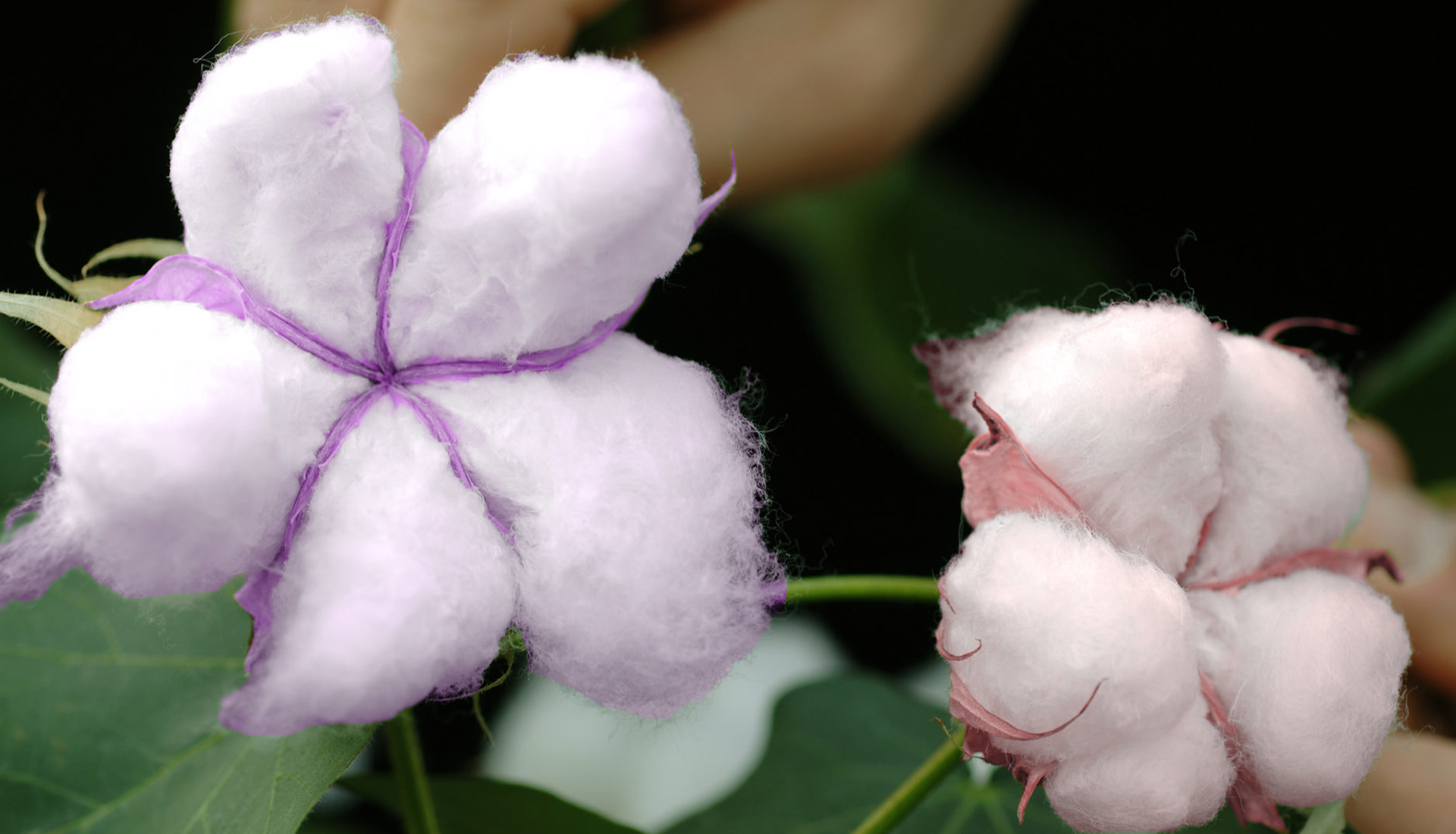Australian scientists have discovered how to grow naturally coloured cotton, a breakthrough that could finally help fashion curb its addiction to harmful chemical dyes.
In a major win for clothing sustainability, Australian scientists have found a way to crack cotton’s molecular code so that it grows naturally in a range of vibrant hues. On a mission to transform the global textiles industry as we know it, CSIRO’s discovery could be a game changer for fashion, which relies heavily on toxic dyes to create the colours in our garments.
One of the world’s largest sources of wastewater, the dyeing of textiles involves a variety of chemicals, micro-plastics, and other biological pollutants that are, of course, extremely harmful for the environment. From formaldehyde to lead, in recent years synthetic materials have become commonplace in the manufacturing process – despite their massive contribution to climate change.
But that’s all about to change. Developed in a high-tech greenhouse, a few dozen petri-dishes may well hold the key to eliminating the use of these harmful chemicals in the future.
The genetically modified cotton contains plant tissue that only needs a few days to flower and, over the next few months, leading researcher Dr Colleen MacMillan hopes they will be able to reproduce and, eventually, be spun into fibres that can be woven into clothes.

‘This research definitely has the potential to transform the global textile industry,’ she says. ‘We’re making fibres that are still biodegradable, still renewable, but still have properties that they don’t currently have.’
Though still in the early stages of researching the revolutionary cotton, CSIRO have so far managed to create red, gold, and purple strains of the material by inserting colour genes into its DNA which cells can then replicate.
The national science agency has also successfully bred black cotton, a huge step forward as dark dyes are often considered the most damaging. Whether the tissue can create seeds is yet to be seen, but the team is hopeful, expecting to see significant results by the end of 2020.
















